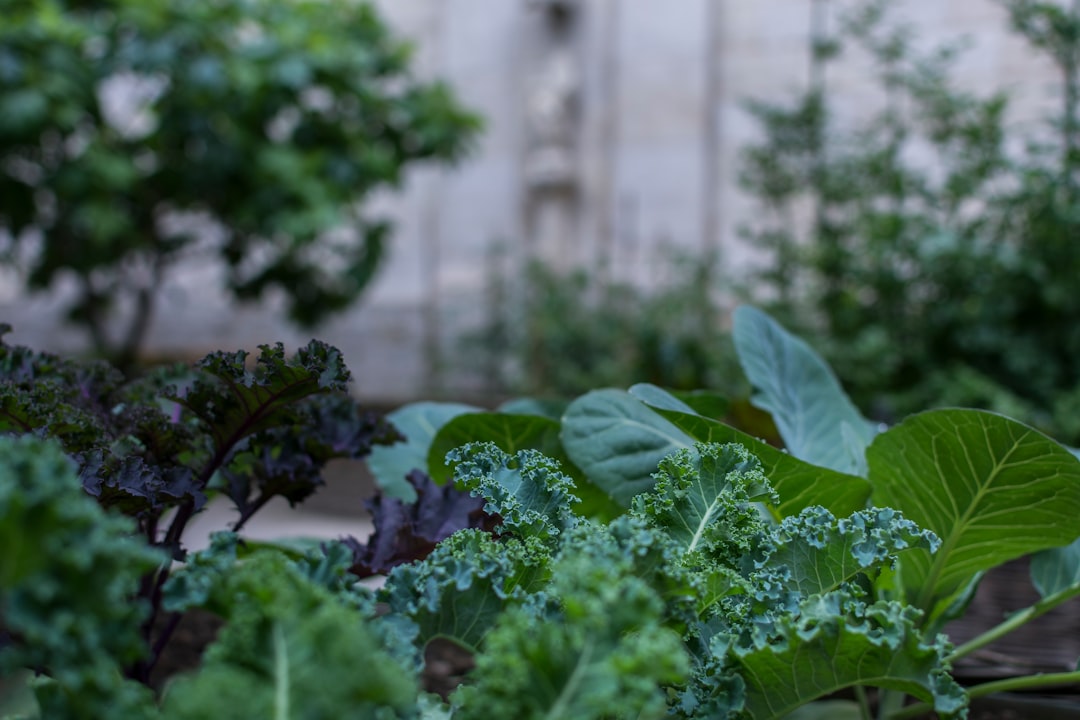The Secret to Thriving Calathea Indoors

Calathea plants, with their vibrant and intricately patterned leaves, are a popular choice for indoor gardening enthusiasts. These tropical beauties can add a touch of elegance and color to any living space. However, growing calathea indoors successfully requires a bit of knowledge and attention to detail. In this guide, we will explore the essential tips for watering, humidity, light, and fertilizing your calathea plants to ensure they thrive in your home.
Watering Your Calathea
Proper watering is crucial for the health of your calathea. These plants prefer consistently moist soil, but they do not like to sit in water. Overwatering can lead to root rot, while underwatering can cause the leaves to wilt and curl. To water your calathea correctly, follow these steps:
- Check the soil moisture regularly. Stick your finger about an inch into the soil. If it feels dry, it's time to water.
- Use room - temperature water. Cold water can shock the plant's roots.
- Water the soil directly, avoiding getting water on the leaves. Water droplets on the leaves can lead to fungal diseases.
- Water thoroughly until water drains out of the bottom of the pot. This ensures that the entire root system is hydrated.
- Empty the saucer under the pot after watering to prevent the plant from sitting in standing water.
During the growing season (spring and summer), you may need to water your calathea more frequently, perhaps once or twice a week. In the winter, when the plant's growth slows down, reduce the watering frequency to once every two weeks or so.
Humidity Requirements
Calathea plants are native to tropical regions, where they enjoy high humidity levels. In a typical indoor environment, the humidity can be quite low, especially during the winter months when the heating is on. To provide the right humidity for your calathea, you can try the following methods:
- Use a humidifier: A humidifier is an effective way to increase the humidity in the air around your plant. Place it near the calathea and set it to maintain a humidity level of around 60 - 80%.
- Group plants together: When you group several plants together, they create a micro - environment with higher humidity as they release moisture through transpiration.
- Place the pot on a pebble tray: Fill a tray with pebbles and add water until it reaches just below the top of the pebbles. Place the calathea pot on the pebbles. As the water evaporates, it increases the humidity around the plant.
If the humidity is too low, you may notice the edges of the calathea leaves turning brown and crispy. Increasing the humidity will help keep the leaves looking healthy and vibrant.
Lighting Conditions
Calathea plants prefer bright, indirect light. Direct sunlight can scorch their leaves, causing them to develop brown spots or lose their color. Here are some tips for providing the right amount of light:
- Place your calathea near a north - or east - facing window. These windows receive bright, indirect light for most of the day.
- If you don't have a suitable window, you can use artificial grow lights. LED grow lights are a popular choice as they can be adjusted to provide the right spectrum of light for plant growth.
- Rotate your calathea regularly. This ensures that all sides of the plant receive equal amounts of light, preventing it from growing lopsided.
If your calathea is not getting enough light, the leaves may become pale and lose their distinct patterns. On the other hand, too much direct light can cause irreversible damage to the plant.
Fertilizing Your Calathea
Fertilizing your calathea is important to provide it with the necessary nutrients for healthy growth. However, you need to be careful not to over - fertilize, as this can damage the plant. Here's how to fertilize your calathea correctly:
- Use a balanced, water - soluble fertilizer. Look for a fertilizer with an NPK ratio of 10 - 10 - 10 or 20 - 20 - 20.
- Dilute the fertilizer to half the recommended strength. Calathea plants are sensitive to strong fertilizers.
- Fertilize your calathea every two to four weeks during the growing season (spring and summer). In the winter, reduce the fertilizing frequency to once every two to three months.
By following these essential tips for watering, humidity, light, and fertilizing, you can grow your calathea indoors successfully and enjoy its beautiful foliage for years to come. Remember to observe your plant regularly and make adjustments as needed to ensure its continued health and vitality.
With a little care and attention, your calathea will become a stunning centerpiece in your indoor garden, bringing a touch of the tropics into your home.